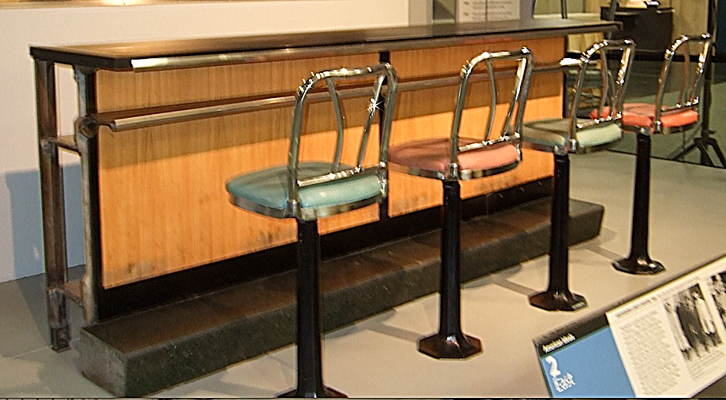A few years ago, my fifth grade gifted and talented students completed a unique research project. Specifically, we sent letters to museum directors asking for input about one object,
artifact, work of art, or a creative selection from their museum's collections. The selection could be a personal favorite, possess significant cultural relevance, be a "best" example of
its kind, tell a story, promote a new idea, or expose students to a new experience.
The purpose of the project was to provide resources for interdisciplinary learning, to present opportunities to think in new ways, and to enhance subject matter with activities that promote
creativity and provide cultural relevance. Most directors were eager to participate, and many provided supplemental information and resources. Their thorough responses are best
characterized by the words of one director, "Thank you for reaching out."
Below are the four questions we asked. (Since some respondents have moved on to different institutions, I share only the museum position, instead of the person's name.)
The object of the month is from the National Museum of American History in Washington, D.C. The Director of the museum answered our questions as follows: (Excerpt)
Selected object: Lunch counter from Woolworth's Department Store

1. What information and essential understanding should students know about your selection?
This lunch counter is from the Woolworth's Department Store in Greensboro, North Carolina where four college students staged a sit-in on February 1, 1960. They were protesting segregation
in public facilities in the South at a time when African-Americans could not be served food at places like department stores. The students sat at the lunch counter and left peacefully when
asked. However, they continued to peacefully protest this policy until the summer of 1960 when Woolworth's agreed to serve them. This protest launched a wave of similar activities
across the South and led to federal laws that prohibited racial segregation in public places.
2. What questions would you ask to stimulate curiosity and/or creative thinking about your selection?
I would ask students to think about issues such as equality, justice and freedom. I would also ask them to think about the history of
race relations in the United States, and discuss whether there is more freedom and toleration today than in 1960 when the sit-ins occurred.
3. Do you have any suggestions for incorporating your selection into a specific subject?
I suggest incorporating the story of the lunch counter into the larger subject of civil rights and human rights in American history.
4. Are there other resources to help us learn more about your selection?
There are many books and films on this subject. You should choose resources appropriate for elementary school children.
Other Objects of the Month:
A. C. Gilbert Erector Set, Ferris Wheel

